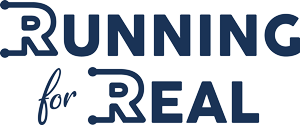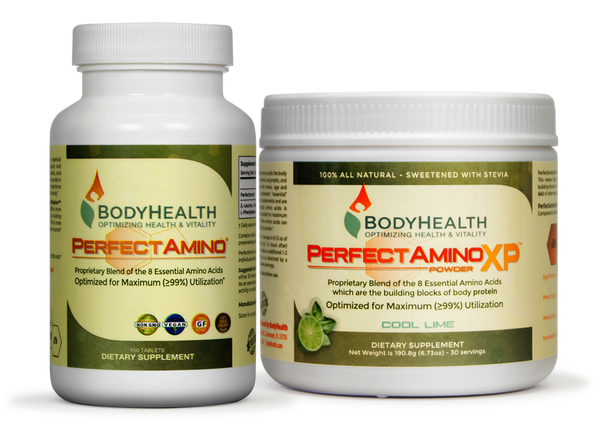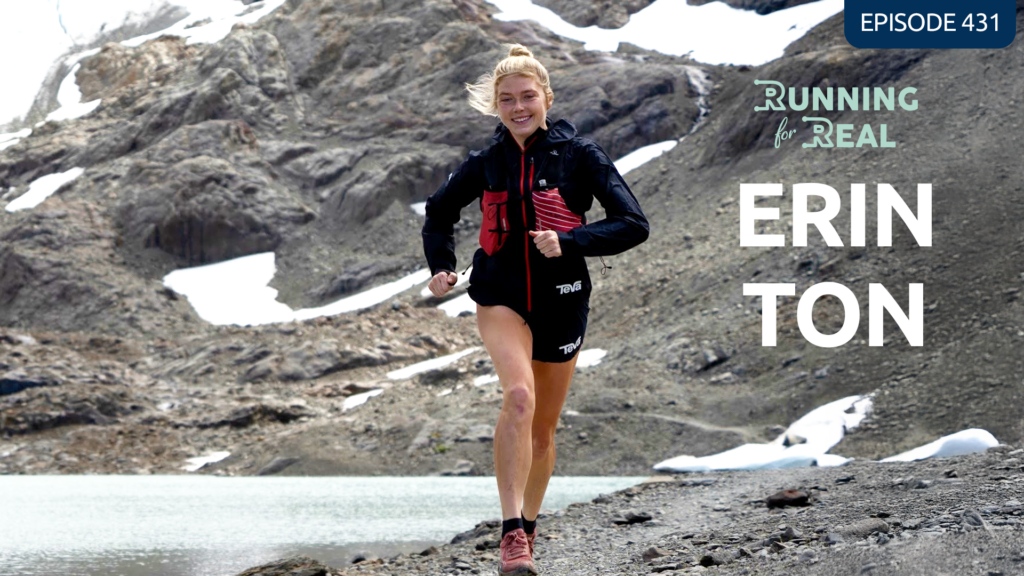You’re halfway through what you hoped to be a 10-mile run when your knee starts flaring up again. Yes, it’s painful, but the fear of injuring it further is really what slows you down. Over the past few years the story has repeated itself, “You just haven’t rested enough,” “Maybe you should consider a different sport,” or “It’s okay, running just isn’t for everyone.” At this point the injury is much more annoying than it is painful. And the comments aren’t helping.
Sound familiar? As a child, injury was all about the pain. Somewhere along the lines, maybe due to our pain threshold or the recovery period, it turns to pure frustration. From recovery techniques to varying advice, sometimes it feels like you’ve done all you can in vain.
Both as a runner and a physiotherapist, Brad Beer has experienced the same feelings. But experiencing long term injuries and trying to sort through shifting advice hasn’t dampened his spirits. Today he still believes that running is for everyone and that it can be done pain free.
Dealing with the Emotions of Injury
Brad says that the best place to start for recovery is a proper diagnosis. Completely understanding where our injuries are coming from helps us heal our bodies more quickly, but it also puts our mind at ease. The unknown can bring about stress and depression. Keep believing that you will recover by seeking out a professional or two that will get to the bottom of the injury.
Another wonderfully important part of recovery is governing our thoughts and words. Instead of saying things like, “I have a bad back,” replace it with something like “I have a back that is currently sore.” Simply changing the verbiage can set you on a better path. If you believe a discomfort is temporary, you will be more likely to maintain hope and seek out healing.
The Best Injury Prevention
If a good diagnosis is best for injury recovery, then strength training is best injury prevention. Brad whole-heartedly believes that strength training can heal and prevent a majority of running injuries. Added strength keeps our bodies in better form throughout a run, and bad form is a large contributor to injuries.
Recently the advice has shifted from complete rest, ice, and the like to doing almost the exact opposite. Our tendons need to be strengthened constantly and gradually to keep us from injury. When you develop a running injury, don’t stop running completely. Instead, slow the pace or drop some mileage. Then see a professional and add strength training. Our tendons don’t do well with big, sudden changes, so continuing to run and adding strength is the best thing you can do for them.
Your Body After 20
Proper understanding of how your body changes over the years is crucial to injury prevention. Brad Beer gives memorable imagery when he compares the body to a house. After we turn 20 our muscles start to consistently atrophy without added strength training. Like termites that eat through a house, our bodies have an unseen factor that strips our frame of its strength if we do nothing about it.
Again, strength training is what is going to keep those termites at bay. Give yourself at least two days in the gym per week in order to keep your muscles strong. And don’t worry about bulking up. A steady dose of running will be sure to keep your body at the running weight it wants to be. You will get the benefits of strength training even if you don’t look like Arnold Schwarzenegger.
Strength Training as a Master’s Runner
What if I’m over 50? 60? 70? Should I still be doing work in the gym?
Absolutely.
Even if you’ve never run before, you will benefit from starting a strength training program whether you are 25 or 85. Remember that our bodies take more time to recovery as we age and that recovery is just as important as exercising. If you are a master’s runner hopeful that is looking to add running into your life, start slow and find a physician, therapist, or trainer that can get you started on a good training schedule.
Running is for Everyone
Brad truly believes that running is for everyone. Running is not risk free—injuries can happen, and using our body to do difficult things should always be done with thought. Pay attention to the signals your body is giving you, and work with professionals to develop a strength training program. You only need to see one long enough to get you on the right track. It will be the worth the money you invest because YOU are worth it.
Resources:
Red Hot Chili Peppers’ Instagram
Listen to the Running for Real Podcast here:
[podcast src=”https://html5-player.libsyn.com/embed/episode/id/9574679/height-orig/90/theme/custom/thumbnail/yes/direction/forward/height/90″ height=”90″ width=”100%” placement=”bottom” theme=”custom”]Apple (iTunes) Podcast | Sticher | Castbox | Overcast | Spotify | Google Play | iHeartradio |
If you are struggling to recover quick enough from your training, my little secret is to use BodyHealth Perfect Amino to get you there. It contains all the essential amino acids, and is very easy for your body to use and begin the repair process. Click the link and use code TINAMUIR10 for 10% off.
Thanks for Listening! I hope you enjoyed today’s episode.
To share your thoughts:
Leave a note in the comment section below.
Join the Running for Real Facebook Group and share your thoughts on the episode (or future guests you would like to hear from)
Share this show on Twitter, Facebook, Instagram, or Pinterest.
To help out the show:
Leave an honest review on iTunes. Your ratings and reviews will really help me climb up the iTunes rankings and I promise, I read every single one.
Not sure how to leave a review or subscribe, you can find out here.
Thank you to Brad, I look forward to hearing your thoughts on the show.





